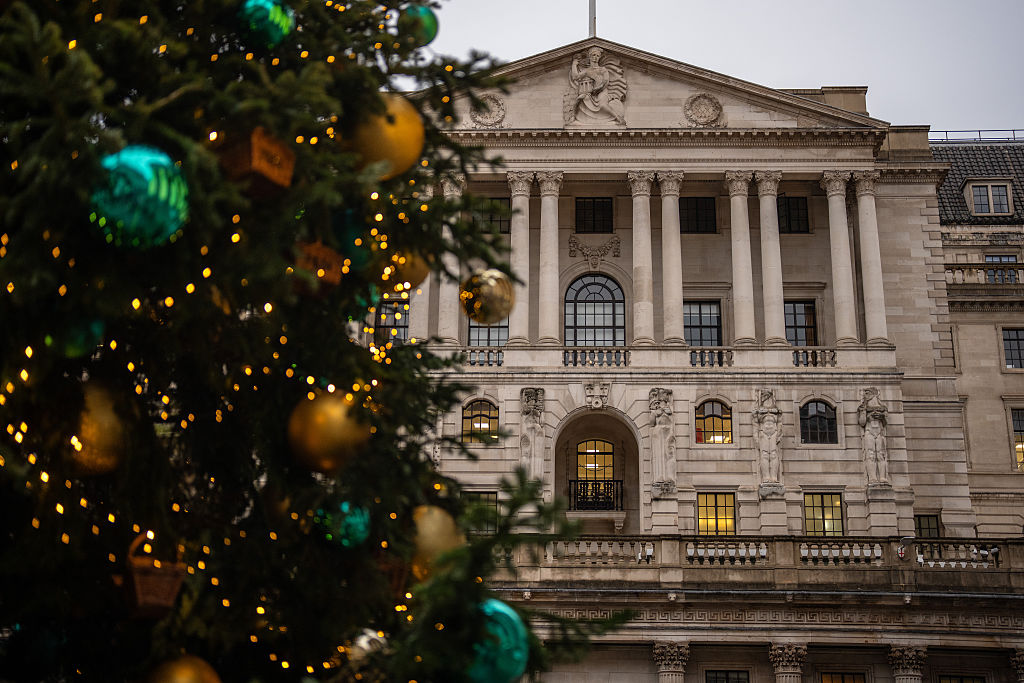The Arab Spring ten years on: a revolution that failed to blossom
Ten years ago, the Arab world was rocked by mass protests and popular uprisings that ousted long-reviled dictators. For the most part, the end result and legacy was, sadly, disaster. Simon Wilson reports

What was the Arab Spring?
It was the optimistic name coined by Western commentators to describe the series of mass protests and popular uprisings in 2011-2012 across many Arab countries, which began with the ousting of Tunisia’s president Zine el-Abidine Ben Ali on 14 January 2011. The immediate spark that lit the touchpaper in Tunisia was the self-immolation of Mohamed Bouazizi, a young street vendor, outside government offices in the town of Sidi Bouzid. The local authorities had confiscated his fruit cart after he refused to pay a bribe – a final act of state humiliation that proved unbearable. His act of protest prompted local demonstrations against state oppression, corruption and poverty. These quickly spread to the capital, Tunis, where weeks of mass protests eventually led to the downfall of Ben Ali after nearly 24 years in power.
What happened next?
Egypt. The astonishing events in Tunisia prompted immediate similar protests in countries including Oman, Yemen, Syria and Morocco, but it was in Egypt that they first exploded into a mass movement. On 25 January, hundreds of thousands flooded Tahrir Square in central Cairo, the start of 18 days of mass protests that led to the even more unlikely departure of Hosni Mubarak, the 82-year-old ex-military president who had ruled Egypt with an iron fist for almost 30 years. If Mubarak could be ousted, all bets were off. More countries including Iraq, Algeria, Lebanon, Jordan and Kuwait all saw sustained street demonstrations. In Bahrain, an Egypt-style protest was brutally snuffed out with Saudi backing. In Syria, protests were met with a violently punitive response from the Assad regime, and morphed into an armed uprising. By the summer, two more long-time dictators had been ousted by popular uprisings – Libya’s Muammar al-Gaddafi, and Yemen’s Ali Abdullah Saleh – the former with the help of air cover provided by France and the UK.
So a democratic reawakening?
No. The only Arab Spring country that can claim a partial transition to democracy is Tunisia. In Egypt, a tentative experiment with democracy-by-consent-of-the-military quickly floundered. The only democratically elected president in Egypt’s history, the Muslim Brotherhood’s Mohamed Morsi, was removed in a military coup (albeit with massive popular backing) in 2013, and replaced with the former general and director of military intelligence Abdel Fattah Al-Sisi. He is a Mubarak for the 21st century, but one determined to learn from 2011, and stamp down quickly on any sign of dissent. Libya and Yemen are both failed states blighted by civil wars and foreign interventions. Syria has somehow survived as a state, with Russian backing and half a million dead. Even as legitimate Islamist politics was repressed by retrenching regimes, jihadism prospered, most brutally with the rise of Islamic State.
MoneyWeek
Subscribe to MoneyWeek today and get your first six magazine issues absolutely FREE

Sign up to Money Morning
Don't miss the latest investment and personal finances news, market analysis, plus money-saving tips with our free twice-daily newsletter
Don't miss the latest investment and personal finances news, market analysis, plus money-saving tips with our free twice-daily newsletter
So was it all worth it?
The results of a YouGov survey published by The Guardian last month make for unhappy reading. In every one of eight Arab countries surveyed, more people think their lives – and the prospects for their children – are worse today than ten years ago. The numbers are most stark in Syria, Yemen and Libya, where big majorities say they regret the Arab Spring. In Egypt and Algeria, a narrow majority of people say they do not regret the uprisings, but still think their lives and prospects are worse now. And even in Tunisia, where 57% say they don’t regret the uprising, only 27% of people say life is better ten years on, and only 22% think their children face a better future; 84% think the gap between rich and poor has grown.
Has the region got any richer?
No. According to UN data collated by the Council on Foreign Relations, the average standard of living has fallen significantly in each of Libya, Yemen and Syria since 2011; it’s remained flat in Bahrain, Tunisia and Egypt. Youth unemployment, one of the key drivers of the uprisings, is higher now in both Tunisia and Egypt (above 30%) than in 2011. Moreover, poverty levels in the region have actually increased. In 2011, there were about eight million people in the Middle East and North Africa living below a poverty line of $1.90 a day (according to World Bank data). By 2018, that number had surged to 28 million. This economic malaise, along with entrenched corruption, explains the wave of protests that engulfed Algeria, Iraq, Lebanon and Sudan in 2019.
What’s the Arab Spring’s legacy?
In terms of geopolitics, the main short-term legacy has been a shift in power from the Levant to the Gulf monarchies, which were relatively untouched by the Arab Spring. As such, some analysts argue that the true “winner” of the Arab Spring was Israel, whose interests are far more closely aligned with the likes of Riyadh and Qatar than with its immediate neighbours. In terms of domestic politics, the key legacy is that autocrats understand better than ever that any flicker of dissent must be snuffed out fast, lest it spread. And those who want change understand better that uprisings which leave a political vacuum will fail. A transition to democracy will have to be incremental and depend on the creation of independent and active civil institutions.
Will there be more uprisings?
Without doubt. There are simply “too many drivers of political instability for even the most draconian regime to stay in power indefinitely”, says Marc Lynch in Foreign Affairs. The Covid-19 pandemic, the low oil price, and a sharp reduction in remittances from migrant labourers have “piled intense new pressures onto already disastrously weak economies”. Libya, Syria, and Yemen continue to “spew out refugees, weapons, and extremism while attracting external intervention”. Meanwhile, the US standoff with Iran could escalate suddenly, and tensions remain in Palestine. The Middle East has endured a turbulent decade, but there is plenty more turbulence to come.
Get the latest financial news, insights and expert analysis from our award-winning MoneyWeek team, to help you understand what really matters when it comes to your finances.
Simon Wilson’s first career was in book publishing, as an economics editor at Routledge, and as a publisher of non-fiction at Random House, specialising in popular business and management books. While there, he published Customers.com, a bestselling classic of the early days of e-commerce, and The Money or Your Life: Reuniting Work and Joy, an inspirational book that helped inspire its publisher towards a post-corporate, portfolio life.
Since 2001, he has been a writer for MoneyWeek, a financial copywriter, and a long-time contributing editor at The Week. Simon also works as an actor and corporate trainer; current and past clients include investment banks, the Bank of England, the UK government, several Magic Circle law firms and all of the Big Four accountancy firms. He has a degree in languages (German and Spanish) and social and political sciences from the University of Cambridge.
-
 £100 contactless card limit to be lifted
£100 contactless card limit to be liftedConsumers will be able to set their own contactless limits from March 2026, under new rules from the Financial Conduct Authority
-
 MoneyWeek news quiz: How much did the Bank of England cut interest rates by?
MoneyWeek news quiz: How much did the Bank of England cut interest rates by?Quiz Interest rates, inflation, unemployment, and bank closures all made headlines this week. How closely were you following the news?
-
 UK wages grow at a record pace
UK wages grow at a record paceThe latest UK wages data will add pressure on the BoE to push interest rates even higher.
-
 Trapped in a time of zombie government
Trapped in a time of zombie governmentIt’s not just companies that are eking out an existence, says Max King. The state is in the twilight zone too.
-
 America is in deep denial over debt
America is in deep denial over debtThe downgrade in America’s credit rating was much criticised by the US government, says Alex Rankine. But was it a long time coming?
-
 UK economy avoids stagnation with surprise growth
UK economy avoids stagnation with surprise growthGross domestic product increased by 0.2% in the second quarter and by 0.5% in June
-
 Bank of England raises interest rates to 5.25%
Bank of England raises interest rates to 5.25%The Bank has hiked rates from 5% to 5.25%, marking the 14th increase in a row. We explain what it means for savers and homeowners - and whether more rate rises are on the horizon
-
 UK inflation remains at 8.7% ‒ what it means for your money
UK inflation remains at 8.7% ‒ what it means for your moneyInflation was unmoved at 8.7% in the 12 months to May. What does this ‘sticky’ rate of inflation mean for your money?
-
 Would a food price cap actually work?
Would a food price cap actually work?Analysis The government is discussing plans to cap the prices of essentials. But could this intervention do more harm than good?
-
 Is my pay keeping up with inflation?
Is my pay keeping up with inflation?Analysis High inflation means take home pay is being eroded in real terms. An online calculator reveals the pay rise you need to match the rising cost of living - and how much worse off you are without it.